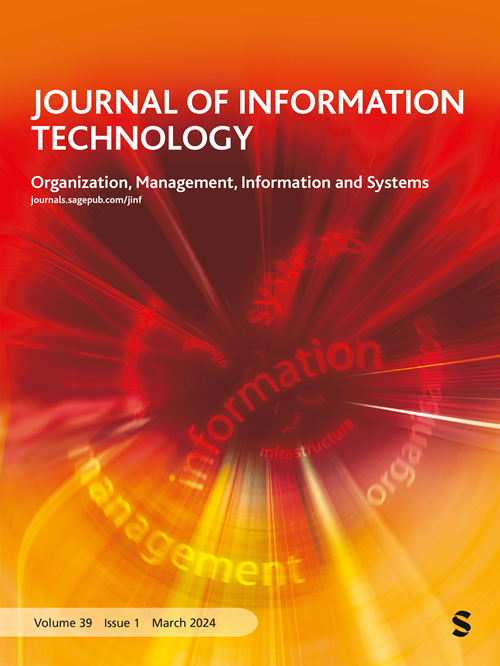An Efficient Multiplexing Technique For 5G Wireless Network: Analysis and Selection
IF 5.4
3区 管理学
Q1 COMPUTER SCIENCE, INFORMATION SYSTEMS
引用次数: 0
Abstract
The 5G cellular communication technology is intended to base on the present Long-TermEvolution (LTE) 4G networks with adopted features. Features of low power consumption and theconstant power level should be the major requirement for an efficient channel allocation method. In thisresearch work, an analysis was performed on multiplexing techniques: Orthogonal Frequency DivisionMultiplexing (OFDM), Generalized Frequency Division Multiplexing (GFDM), Universal FilteredMulticarrier (UFMC) and Filter-Bank Multicarrier (FBMC). Smooth power level had been analyzedaccording to Power Spectral Density (PSD) function vs normalized frequency using AWGN channelmodel. The simulation was done by MATLAB 2019 Simulink software for OFDM and GFDM that werefurther compared to existing results of UFMC and FBMC multiplexing techniques. Calculated power forOFDM and GFDM were 32.1mW and 40.23 µW respectively. Comparative results showed the bettersmooth power spectrum, micro-watt power consumption and better hardware configuration for GFDM.That’s why GFDM channel allocation method selection is one step ahead for the next generationmultiplexing technique5G 无线网络的高效复用技术:分析与选择
5G 蜂窝通信技术是在目前的长期演进(LTE)4G 网络基础上发展起来的。低功耗和恒定功率水平是高效信道分配方法的主要要求。在这项研究工作中,对复用技术进行了分析:正交频分复用(OFDM)、广义频分复用(GFDM)、通用滤波多载波(UFMC)和滤波库多载波(FBMC)。使用 AWGN 信道模型,根据功率谱密度(PSD)函数与归一化频率对平滑功率水平进行了分析。MATLAB 2019 Simulink 软件对 OFDM 和 GFDM 进行了仿真,并与 UFMC 和 FBMC 复用技术的现有结果进行了进一步比较。OFDM 和 GFDM 的计算功率分别为 32.1mW 和 40.23 µW。比较结果表明,GFDM 的功率频谱更平滑,功耗更低,硬件配置更好。
本文章由计算机程序翻译,如有差异,请以英文原文为准。
求助全文
约1分钟内获得全文
求助全文
来源期刊

Journal of Information Technology
工程技术-计算机:信息系统
CiteScore
10.00
自引率
1.80%
发文量
19
审稿时长
>12 weeks
期刊介绍:
The aim of the Journal of Information Technology (JIT) is to provide academically robust papers, research, critical reviews and opinions on the organisational, social and management issues associated with significant information-based technologies. It is designed to be read by academics, scholars, advanced students, reflective practitioners, and those seeking an update on current experience and future prospects in relation to contemporary information and communications technology themes.
JIT focuses on new research addressing technology and the management of IT, including strategy, change, infrastructure, human resources, sourcing, system development and implementation, communications, technology developments, technology futures, national policies and standards. It also publishes articles that advance our understanding and application of research approaches and methods.
 求助内容:
求助内容: 应助结果提醒方式:
应助结果提醒方式:


